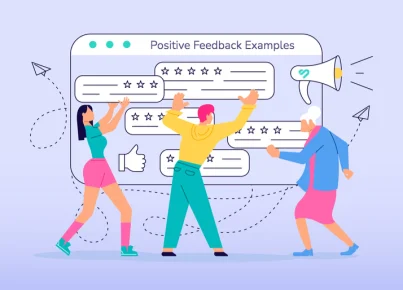There are three effective instructional models for a hybrid schedule: traditional, blended, and flipped. Each model has its own set of benefits and drawbacks, so it’s important to choose the right one for your particular situation
Traditional Instructional Models
The traditional instructional model is the most common model used in schools. It’s a sequence of lectures and activities led by a teacher in a classroom. This type of instruction is good for students who need a lot of individualized attention. It can be difficult for students to follow the class if they’re not attentive.
Blended Instructional Models
The blended instructional model is a combination of the traditional and the flipped models. In a blended model, the teacher lectures and then lets the students work on their own. But periodically, the class gets together to discuss the material. This type of instruction is good for students who not only need individualized attention but also need to be able to follow a sequence of instructions.
Flipped Instructional Models
The flipped instructional model is a variation of the flipped classroom model. In a flipped classroom model, the students are divided into groups and work on a project together. The teacher monitors the project and provides feedback. This type of instruction is good for students who not only need to be able to work in a collaborative environment but also need the flexibility to be able to work on their own.
In order to create an effective instructional model for a hybrid schedule, teachers should consider the individual needs of the students. By incorporating a variety of instructional models, teachers can provide students with the best possible learning environment.





